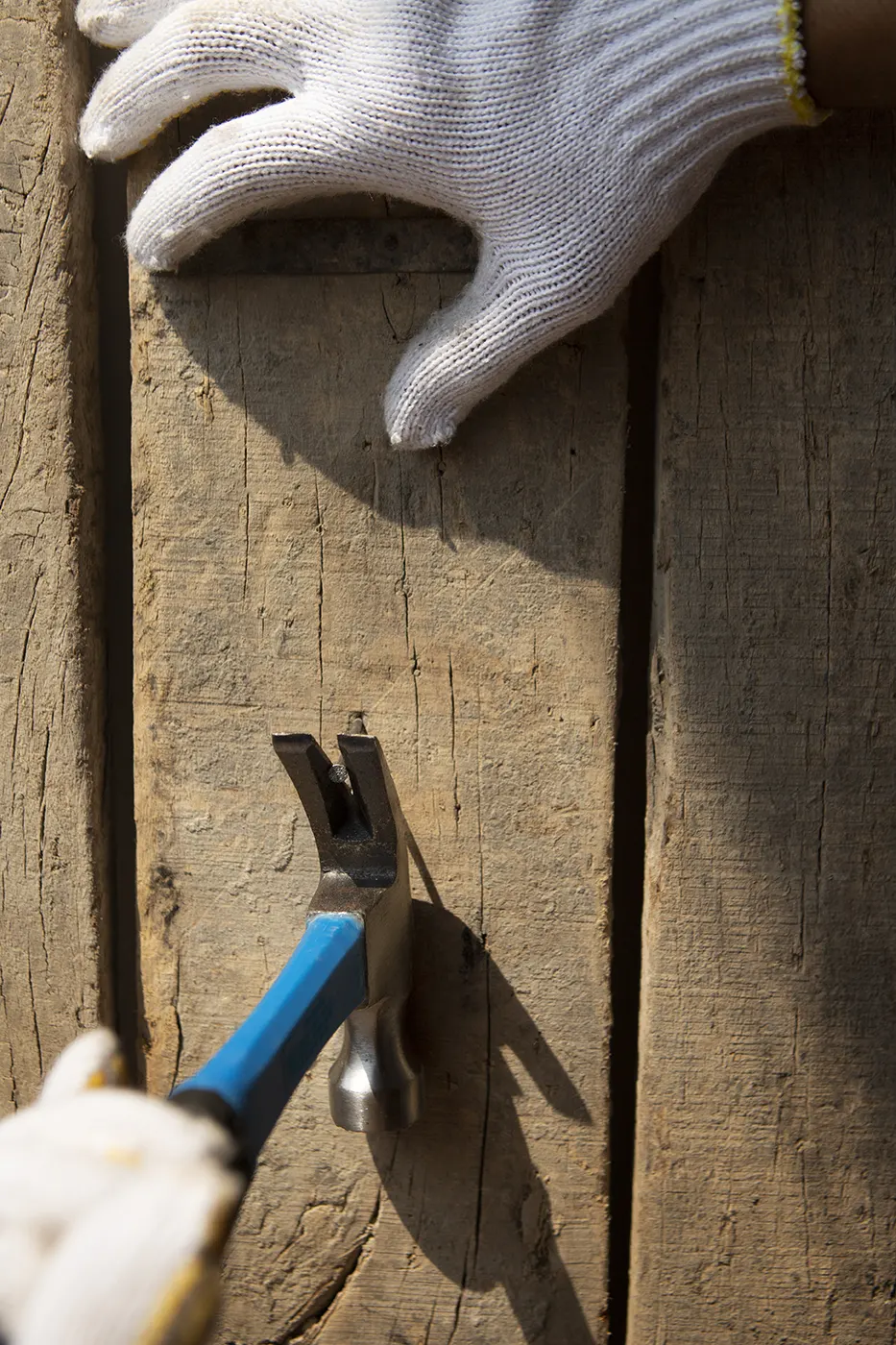Wood Decay in Buildings: Ensuring Longevity and Reliability
Wood is one of the most popular materials used in construction. It finds applications in framing, form-work, cladding, and other structural elements. However, to ensure the durability of wooden components, protection against decay is essential. In this article, we will explore why wood is susceptible to decay, how to choose suitable wood preservatives, and the correct methods for treating wood.
Why Does Wood Decay?
Wood decay is a biological process caused by fungi and bacteria. These microorganisms break down the natural fibers and binding substances (cellulose and lignin), resulting in dark, porous, and brittle wood. While fungi and bacteria thrive in damp wood, even wood with natural moisture content is susceptible to decay.
Professional Treatments and Home Remedies
- Professional Treatments: Choose preservatives based on wood type and intended use.
- Home Remedies: Some people use linseed oil, saltwater, or tar soap.
Protecting Roof Frameworks
Roof frameworks, including rafters, sheathing, and counter-battens, are often made of wood. If the framework decays, the roof structure may collapse. Preventing decay is crucial for the longevity and safety of your home.
Treating wood to prevent decay is a critical step in construction and maintenance. Properly chosen preservatives will help keep wood in excellent condition for years to come.



